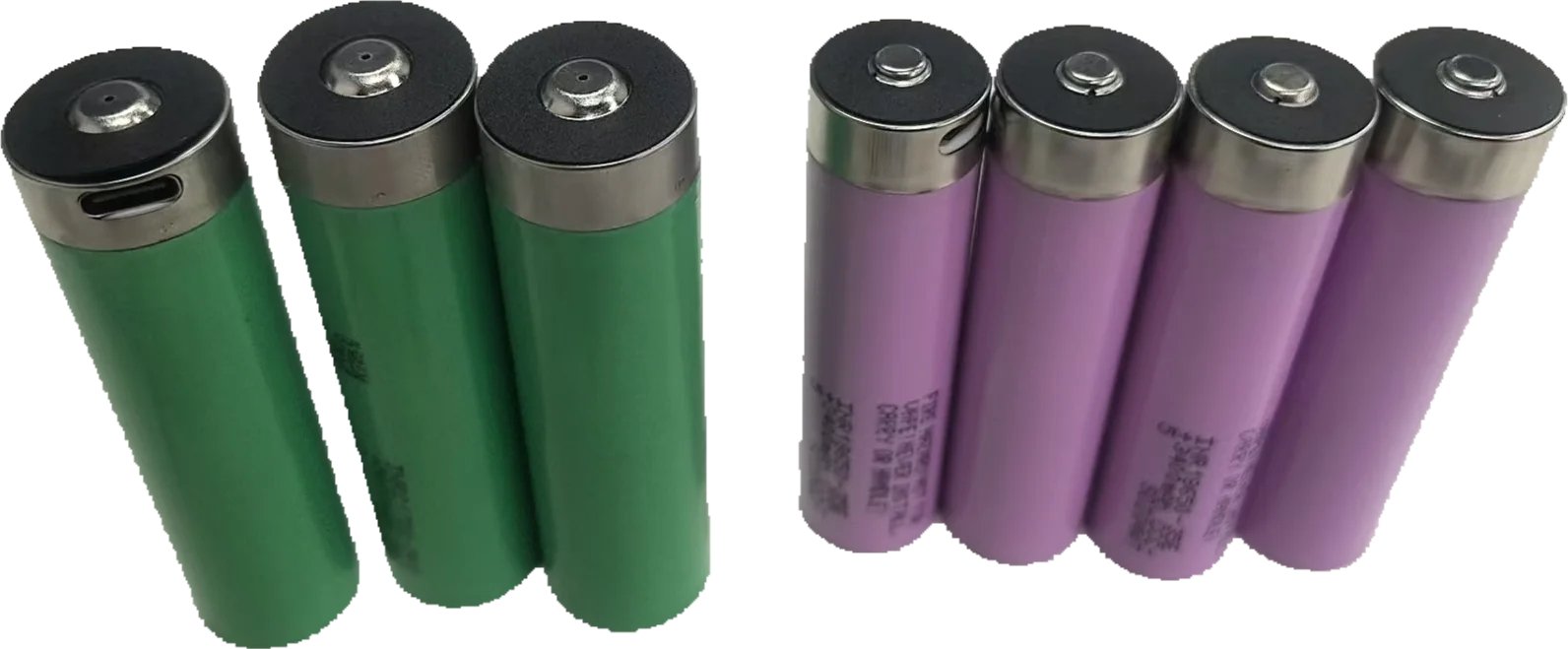Lithium-ion batteries are advanced rechargeable batteries that have become the standard power source for modern portable electronics, electric vehicles, and energy storage systems. These batteries were developed as a safer and more efficient alternative to traditional lithium batteries.
While both lithium and lithium-ion batteries share similar cathode materials—usually lithium metal oxides like LiCoO₂ or LiMn₂O₄—the lithium-ion battery working principle differs primarily in the anode material. Instead of metallic lithium, lithium-ion batteries use carbon-based materials like graphite, greatly enhancing safety and longevity.
7 Essential Facts About the Lithium-Ion Battery Working Principle
1:Reversible Lithium-Ion Movement
The core function is the reversible migration of lithium ions between electrodes during charge and discharge cycles.
2:Cathode Materials
Common cathodes include lithium cobalt oxide (LiCoO₂), lithium nickel oxide (LiNiO₂), and lithium manganese oxide (LiMn₂O₄).
3:Anode Materials
Graphite or other carbon-based materials are used as anodes to improve battery safety and lifespan.
4:Separator Role
Microporous polyethylene (PE) or polypropylene (PP) membranes separate electrodes, preventing short circuits.
5:Electrolyte Composition
Electrolytes are organic solvents containing lithium salts such as LiPF₆ or LiClO₄.
6:Voltage Advantage
Lithium-ion batteries operate at approximately 3.6 volts, triple that of traditional Ni-Cd or Ni-MH batteries.
7:Enhanced Safety
Using carbon-based anodes instead of metallic lithium avoids dangerous dendrite formation.
Lithium-Ion Battery Structure and Key Components
Most commercial lithium-ion batteries, such as cylindrical types, use:
LiCoO₂ as the cathode
Graphite as the anode
PE or PP membranes as the separator
These components contribute to the battery’s high energy density, low self-discharge, and long cycle life.
Conclusion: Why the Lithium-Ion Battery Working Principle Matters
The lithium-ion battery working principle makes it one of the most efficient and reliable energy storage technologies today. From smartphones to electric vehicles, Li-ion batteries are powering the future. Their combination of high voltage, safety, and rechargeability ensures their dominance across industries.

